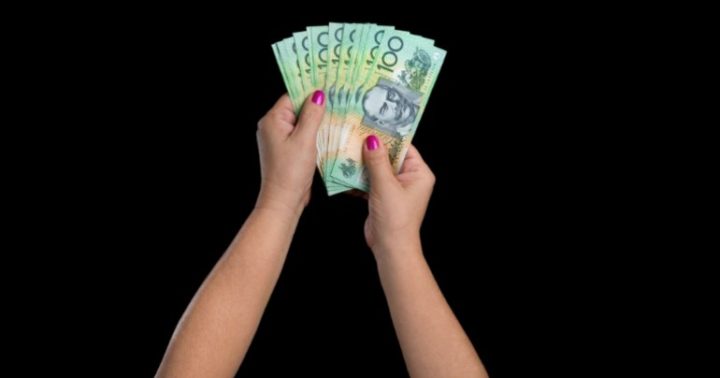
The rich get richer and the poor get poorer the cliché says – as does new research from Anglicare and the Per Capita think tank, which found that the richest 20 per cent of Australians are receiving a whopping $68 billion a year in tax concessions compared with just $6 billion for the poorest 20 per cent of households.
According to The Cost of Privilege research paper, which drew on data from Treasury, the Australian Bureau of Statistics and the University of Melbourne’s HILDA survey, legal tax concessions such as income splitting between spouses, superannuation concessions and negative gearing tax breaks totalled more than $135 billion a year. These concessions cost more than the total of the four main welfare payments, including Newstart, the aged pension, disability benefits and family assistance – which totalled around $124 billion a year, ABC News reported
“Put another way, $37 from every Australian worker a week to keep on keeping Australia’s richest 20 per cent rich,” Kasy Chambers, Anglicare’s executive director told ABC News, who also noted that high income earners weren’t doing anything illegal – they were simply finding new ways of minimising their tax.
“The system isn’t broken, it’s actually been designed this way to benefit people at the higher end of the income spectrum more than those at the lower end,” she said.
Per Capita pointed out that these findings “expose the falsity of much government rhetoric about the benefits of tax concessions to “average” Australians.
The report cited the example of negative gearing concessions, where half of the foregone revenue from negative gearing goes to the top 20 per cent of Australian households, while just 6.2 per cent of the benefit goes to the bottom 20 per cent. This makes sense given that lower income households would not typically be in a position to purchase an investment property or shares to derive negative gearing benefits from.
Similarly, the report stated, more than 80 per cent of the savings from the capital gains tax concession go to the wealthiest 20 per cent of households, while just two per cent goes to the poorest 20 per cent of households.
Per Capita emphasised the inequity of the current tax and welfare system, stating in the report: “if the Government is serious about balancing the budget while retaining a fair and just society, the place to cut government spending is on the cost of subsidising the accumulation of wealth by rich Australians, not reducing essential support to our poorest citizens.”